

The reefs of New Zealand are noisy places, not the silent world that many of us imagine. The animals that live on reefs, such as shrimp, kina and fish, all have their distinctive sounds, and this ...
READ MORE
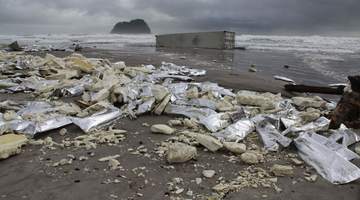
The resources in this collection are about where the land meets the sea. New Zealand has 15,134 km of coastline with extensive marine habitat. Land and sea are intricately linked, one impacting ...
READ MORE
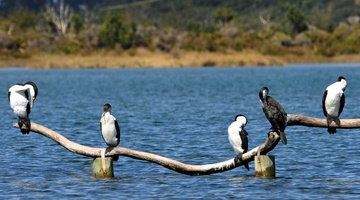
Biodiversity is short for biological diversity. It refers to the number and variety of living things (animals, plants or microorganisms) found within a particular area. There are complex ...
READ MORE
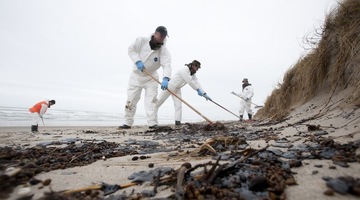
In this activity, students consider short-term and long-term responses to an environmental disaster such as the Rena. By the end of this activity, students should be able to: describe what might ...
READ MORE

EBM – ecosystem-based management – is a holistic and inclusive approach for managing an ecosystem. In this activity, students use EBM principles as a framework to consider how a local area of ...
READ MORE
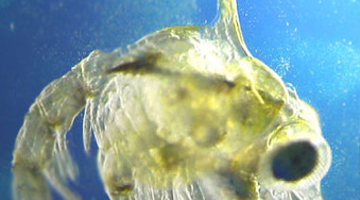
In this activity, students work in small groups and come up with their own classification system for a number of marine organisms. By the end of this activity, students should be able to: explain ...
READ MORE
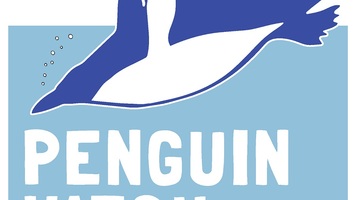
Help scientists establish valuable baseline data about the numbers, locations, habits and health of penguins in a range of Southern Ocean sites. This information will enable better understanding ...
READ MORE
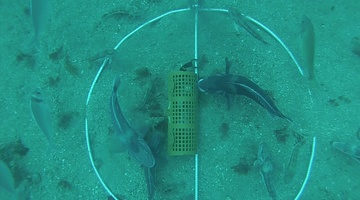
Come and visit Aotearoa New Zealand’s underwater world in this online citizen science project. Discover, count and identify unique fish species that live within our marine reserves ...
READ MORE
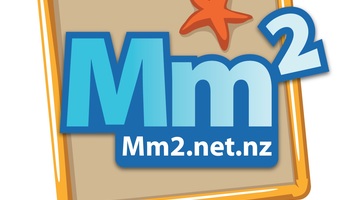
Marine Metre Squared is a New Zealand citizen science project that supports communities to monitor their local seashore. The project has been designed to provide meaningful, valid environmental ...
READ MORE
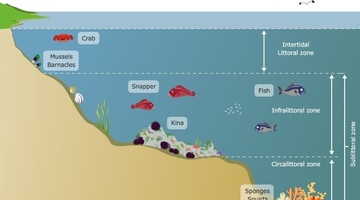
The rocky shore is a popular topic in primary school science. Below are some Science Learning Hub resources for primary teachers related to the rocky shore in the Living World strand of the New ...
READ MORE

Below are links to Science Learning Hub resources for primary teachers related to floating and sinking in the Physical World strand of the New Zealand Curriculum. Building Science Concepts ...
READ MORE

School science is engaging when it makes connections to students’ everyday lives (Osborne & Collins, 2001) and when they have an opportunity to experience physical phenomena first-hand – the ...
READ MORE
Dr Craig Radford from the Auckland University Leigh Marine Laboratory explains his research into how kina make sound and the effects of the kina shell size on the resonant frequency Point of ...
READ MORE
New Zealand reefs are noisy places. Why and what is making all that noise? Postdoctoral fellow Dr Craig Radford of the Leigh Marine Laboratory talks about some of the noisy species found on New ...
READ MORE
Immediately following the grounding of the Rena on the Astrolabe Reef, the Bay of Plenty Polytechnic and the University of Waikato formed a marine response team. This team surveyed local marine ...
READ MORE
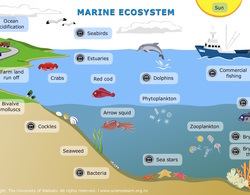
Explore this interactive diagram to learn more about life in the sea. Click on the different labels to view short video clips or images about different parts of the marine ecosystem. Select here ...
READ MORE
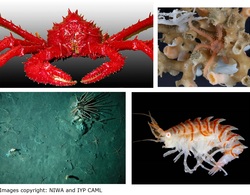
This short slideshow shows some of the animals found in the Antarctic benthic zone. Use the Slideshow menu for further options, including view full screen, and go here for the download option.
READ MORE
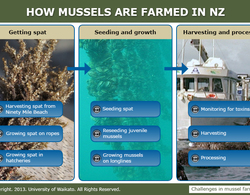
Green-lipped mussels are New Zealand’s major aquaculture species. In this interactive, Professor Andrew Jeffs (Leigh Marine Laboratory) describes the key stages in farming green-lipped mussels ...
READ MORE